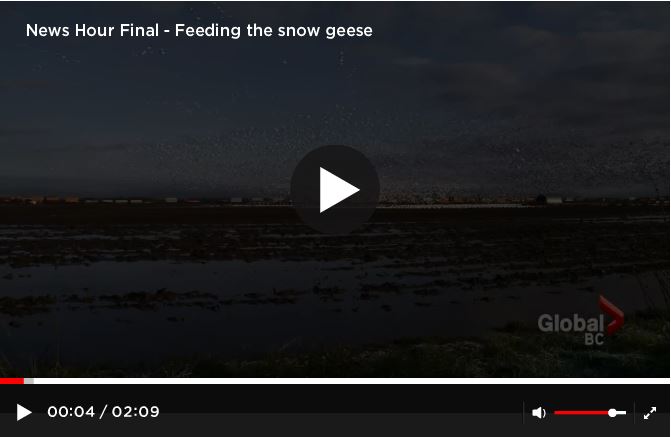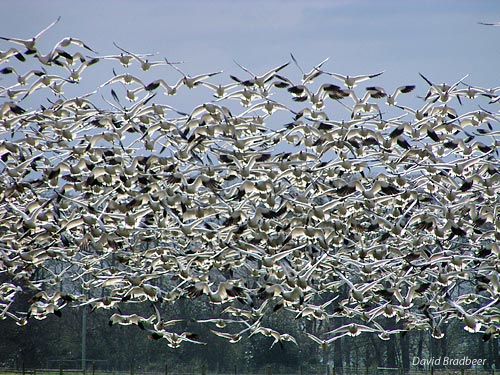Youngsters all over B.C. are watching butterflies this summer.They’re learning which plants the different species of butterflies prefer, and in the process, they’re learning about nature and the intricate web that ties plants, animals, birds, insects and aquatic creatures together.
Their photographs of the colourful butterflies resting on the plants they are attracted to, will be sent in to UBC student Heather Kharouba, who is working on a PhD thesis investigating what butterflies in B.C. are feeding on.
“It gets them noticing the world around them,” explains Kristine Webber, executive-director of the Young Naturalists’ Club of B.C., while helping in field research for a worthwhile scientific project. “It also gets them thinking about the career potential for conducting such investigations,” she adds.
“I imagine the Butterfly Project will be popular. They’re elusive, colourful and fun,” she notes. It’s also an opportunity for youngsters to learn about the butterfly’s stages of life and metamorphosis, which can then be applied to some other insects and lead to questions about other natural cycles. The importance of some plants to particular life cycles of the butterfly gives youngsters an opportunity to learn how vital such links are in the world of nature, and why it’s important we don’t eradicate native plants on which insects or animals rely.
Webber says they encourage all clubs in the province to get involved in such projects. “Citizen science is important for young naturalists, and it’s even more powerful if they know they’re helping a nature study,” she comments.
There are 1,000 family members involved in YNC and 500 more in groups organized in schools around the province as part of the Nature Clubs in Schools program. Members range in age from five to 14 years of age. “The idea is for families to explore nature together,” Webber explains.
YNC grew from the enthusiasm of an avid member of the Vancouver Natural History Society, Daphne Solecki, founder and current president of YNC. A decade later it had expanded to 30 groups in communities around B.C., and 25 in schools—all part of a network of volunteers supported by a very small program administration staff which provides the skeleton holding it all together. They look after such details as liability insurance, a website and a free quarterly magazine, called NatureWILD, featuring B.C. trees, plants and wildlife, pictures, puzzles, competitions, games, ideas for activities, happenings around the province, letters and drawings from members. In addition, they all receive action awards for activities that help the local environment. Activities include explorer days involving knowledgeable volunteer scientists, birders, rockhounds and others in the community who lead field trips for families to learn more about their natural environment.
“Time spent in nature has incredible benefits in education as well as the science,” notes Webber.
Approval of funding from the Habitat Conservation Trust Foundation this year was critical to the continued operation of the YNC, providing stability to the programs and allowing program staff to plan ahead, Webber says. The HCTF exists because hunters, anglers, guides and trappers contribute money towards projects that maintain and enhance the health and biodiversity of this province’s fish and wildlife and their habitat—and toward education about those natural resources. Since 1981, they have contributed more than $130 million through surcharges on their licences, with this funding administered by an independent foundation board of volunteers from around B.C. However, anyone can contribute toward the HCTF and support projects like the YNC with their donations.
To learn more about the YNC program, go to that website at: www.ync.ca









